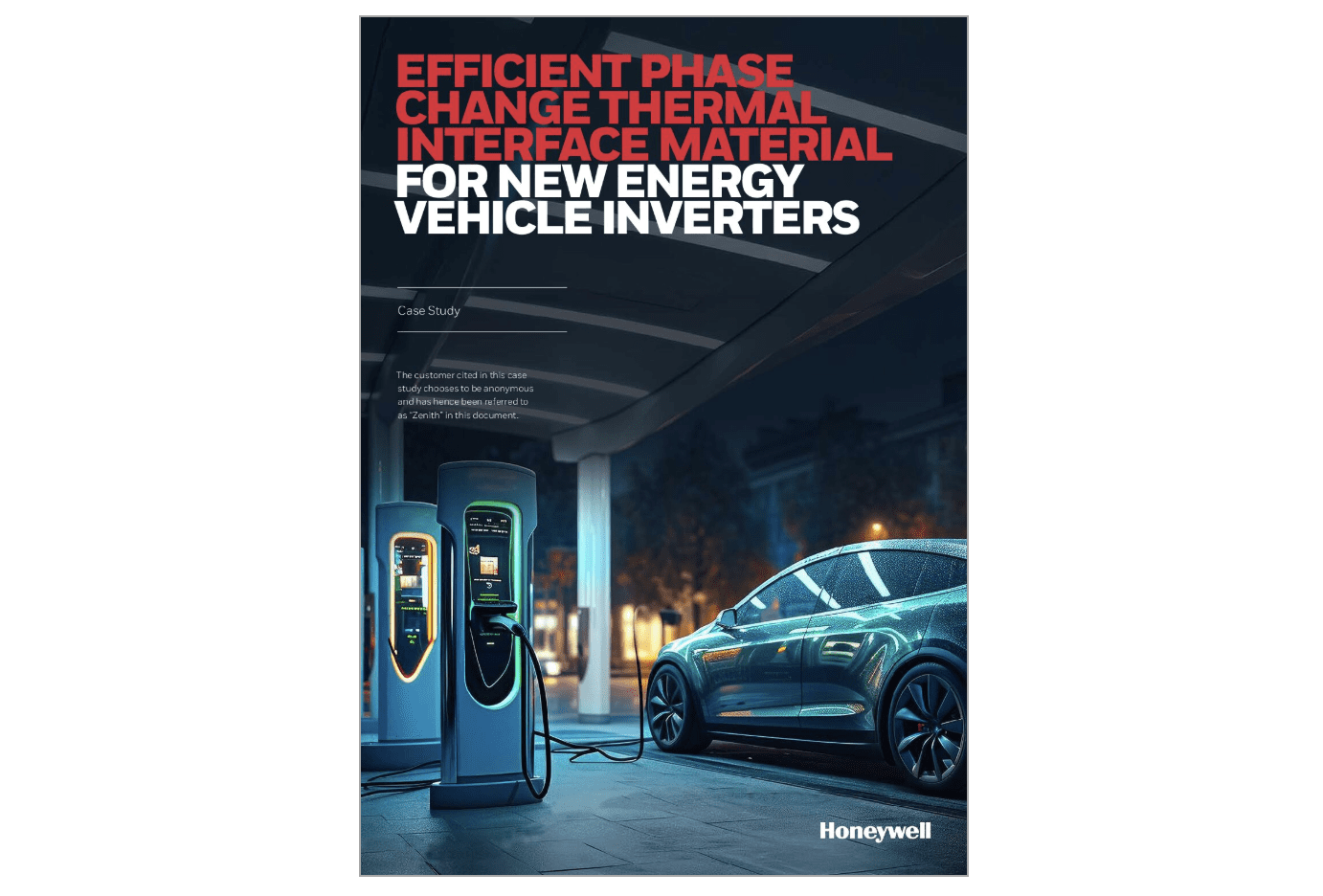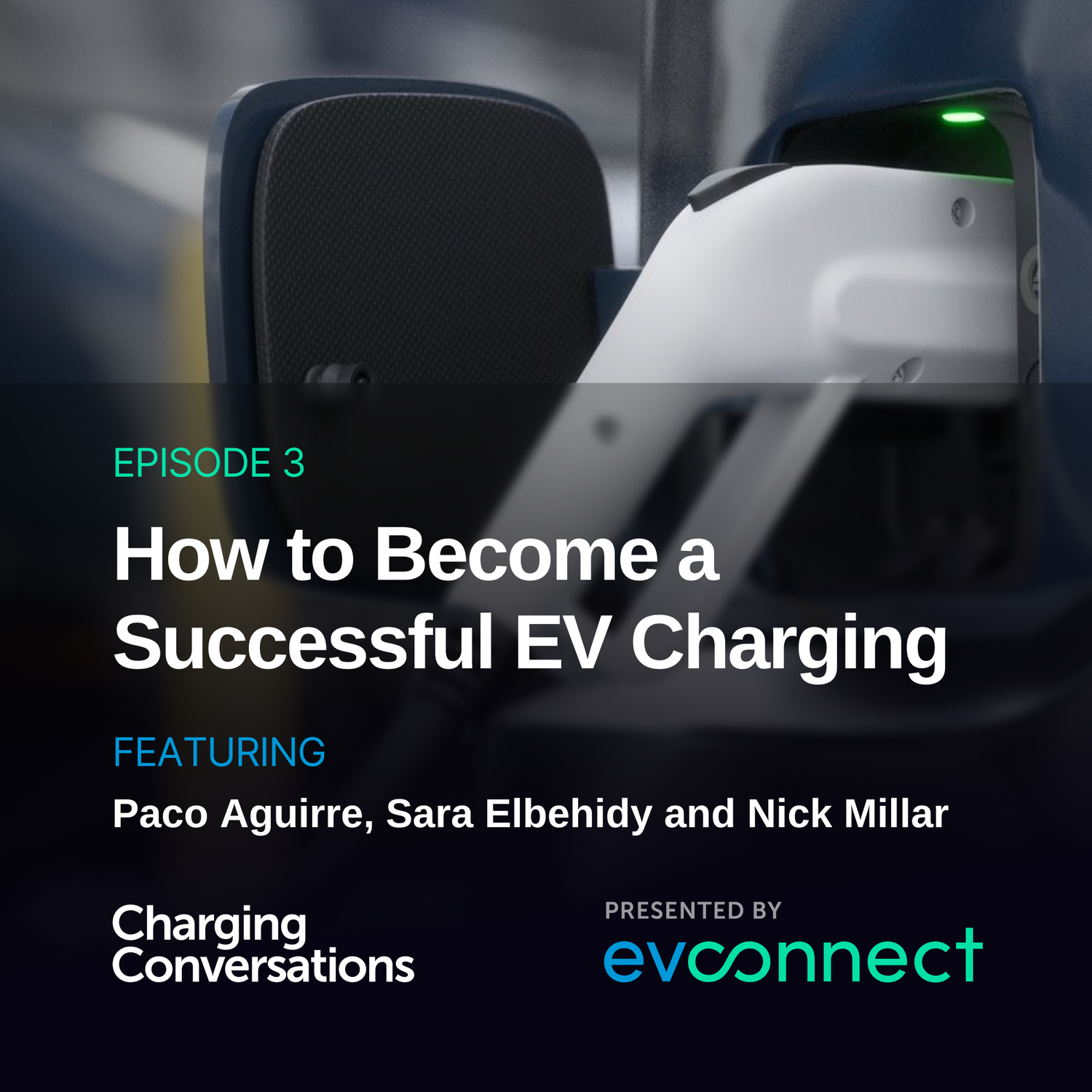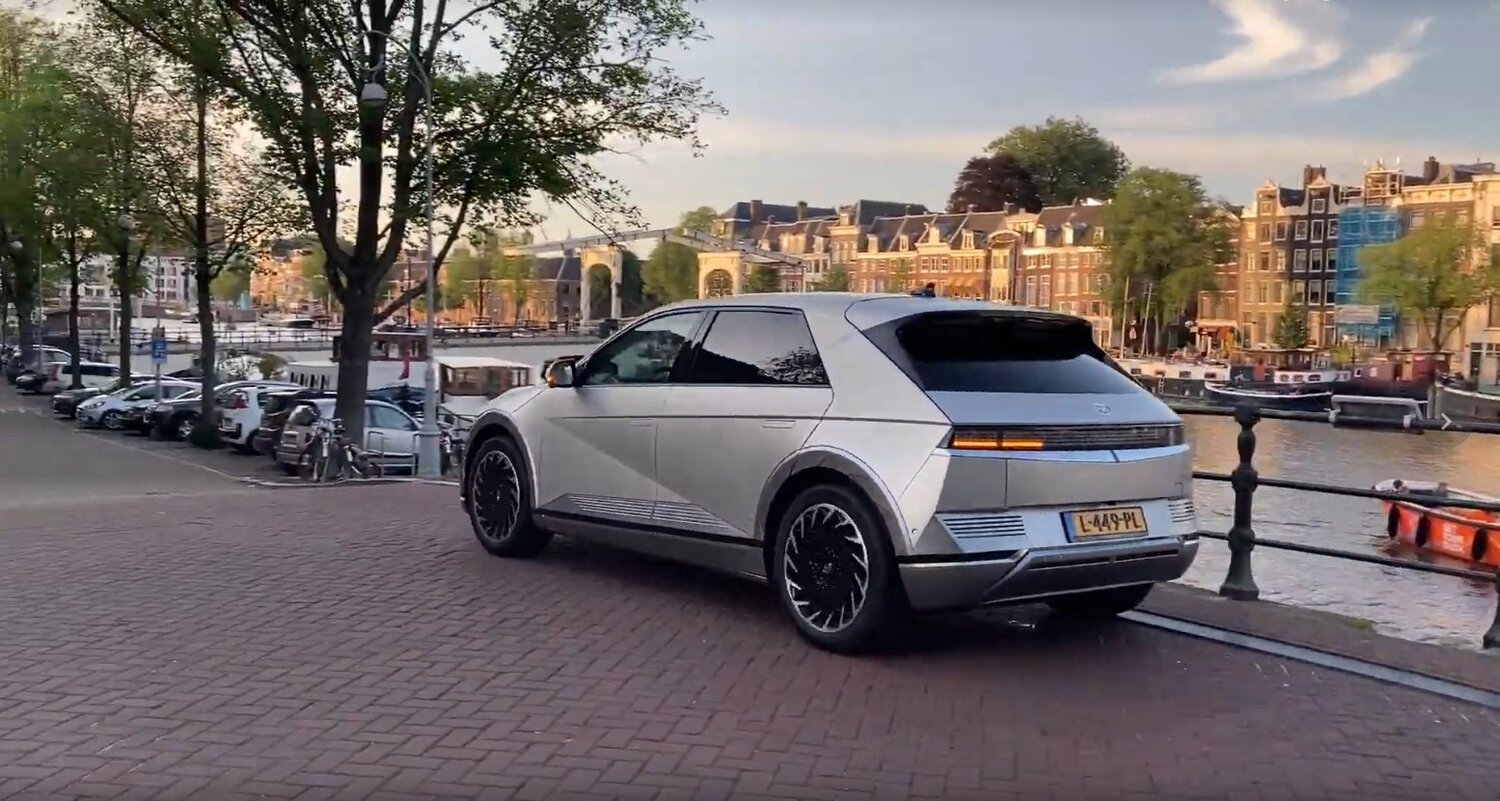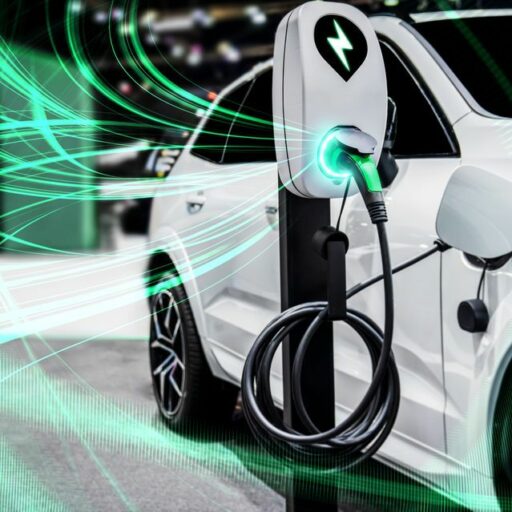In the early 1900s the auto scene burst with new ideas and new power. In 1912 a battery-powered truck first hit the road. This truck proved that electric power could move heavy loads. Today we see electric trucks in service again. Back then, their work set a clear mark in auto history.
The Birth of Electric Trucks: A Century Ago
Electric trucks joined a time when the auto world tried out steam, gasoline, and electric power. In Philadelphia, the Commercial Truck Company made the Model A 10 Standard in 1912. This strong truck helped companies like Curtis Publishing. It replaced horses for moving newspapers, coal, and waste.
At the same time, General Motors worked through Rapid Motor Truck Co., a firm bought in 1909. Rapid built trucks that ran on both gasoline and electricity. These vehicles carried the GMC name from 1912 to 1916. Designer John M. Lansden put electric engines in them. These engines used batteries built with lead-acid or Edison nickel-iron cells made with Thomas Edison.
Technical Features and Capabilities

The 1912 electric trucks were feats of simple engineering. The Model A 10 Standard carried five tons over four driven wheels. Four General Electric motors, one at each wheel, gave about 64 horsepower in all. The truck raced at 12 mph when empty and slowed to 8 mph when full.
Heavy lead-acid batteries powered the truck. Each battery weighed around 500 pounds and sat in nine trays under the truck. One charge ran the vehicle for as long as 22 hours. A rebuildable charger could fill the batteries in two hours. In tough work, the truck sometimes carried twice its rated weight.
GMC trucks placed DC motors on the chassis. They used two chain drives and solid rubber tires. Battery packs stayed near the driver. They could hold either lead-acid batteries or Edison nickel-iron ones. These alternatives showed good life and strength in use.
Real-World Use and Advantages
The Curtis Publishing Company ran a fleet of electric trucks. They soon replaced many horses with these solid trucks. A relay system of swapped batteries kept the trucks on long shifts. In one system, the trucks ran nearly 48 hours at a stretch. They hauled heavy paper rolls across Philadelphia.
Running these trucks cost about one-third of keeping a team of horses. The machines needed less care and ran with a quiet hum. They also removed the need for animal power. For many years, the trucks rarely failed for long days.
The Decline and Legacy of Early Electric Trucks
Despite their many sides, electric trucks met strong contest from gasoline engines. Faster improvements in engine work and more available fuel made gasoline trucks take the lead after 1916 for GMC. By the mid-1900s, firms like the Commercial Truck Company could not hold on.
The Commercial Truck Company closed in 1928 when it was bought by another firm. Other makers such as Walker Vehicle Company ended by the early 1940s. Gasoline engines ran the show for many years until a return to electric trucks came in the 21st century.
Historical Significance and Modern Perspective
The 1912 truck marked a change in the way heavy work was moved. It showed that battery power was a sound idea for moving large loads. This long-ago idea still speaks to us today. Car companies like General Motors bring back electric trucks with new battery tech and power systems. The past and present of electric trucks are tied tightly together.
Conclusion
The 1912 electric truck changed the course of transport history. It proved that electric power could replace horses and move heavy loads. The truck’s journey shows us old work and new dreams. The early truck set a mark that we still see in today’s clean transport options.
References
- GMC’s First Electric Trucks, 1912-16 | Mac’s Motor City Garage
- 1912 Electric Truck for Sale | The Drive
- Hemmings Find of the Day: 1912 Commercial Truck Company Model A 10 Standard | Hemmings
———————————————————
Voltsandvolts.com is a blog dedicated to electric vehicles (EVs). Our blog features articles on EV reviews, stories, tips, tricks, charging infrastructure, and battery technology. Join the conversation and become part of the Voltsandvolts.com community today!






